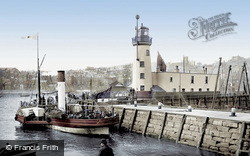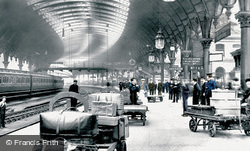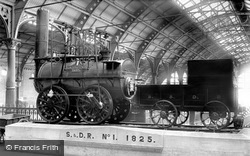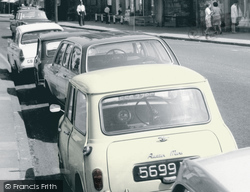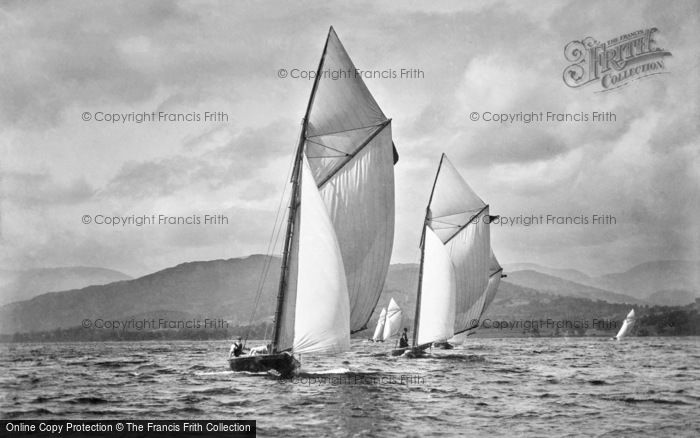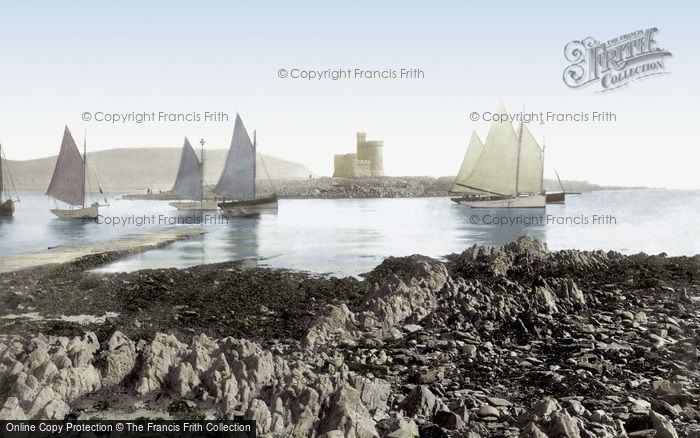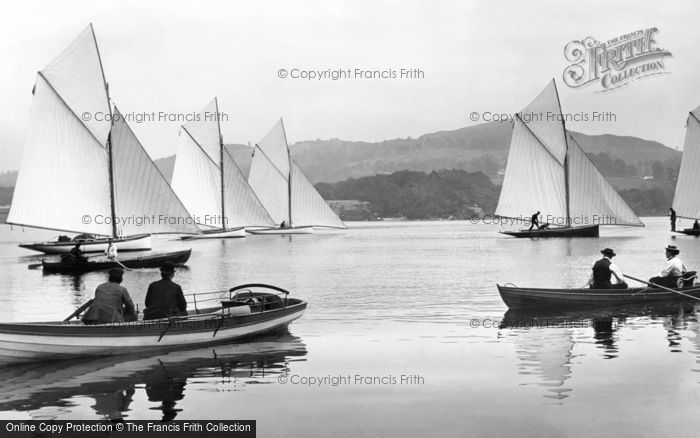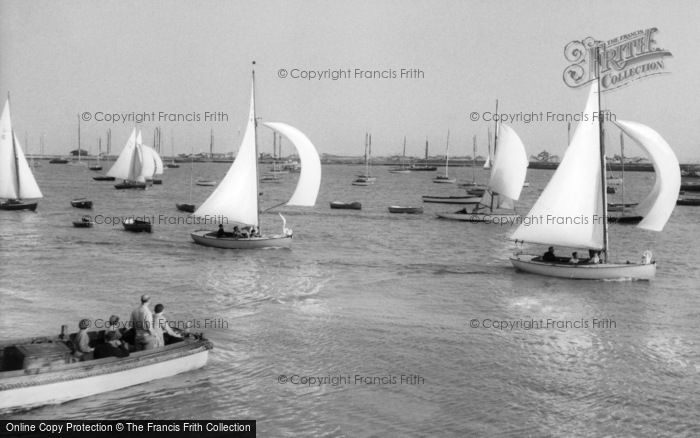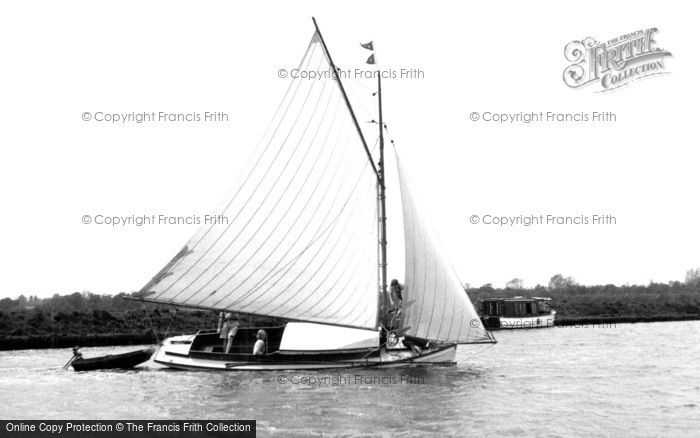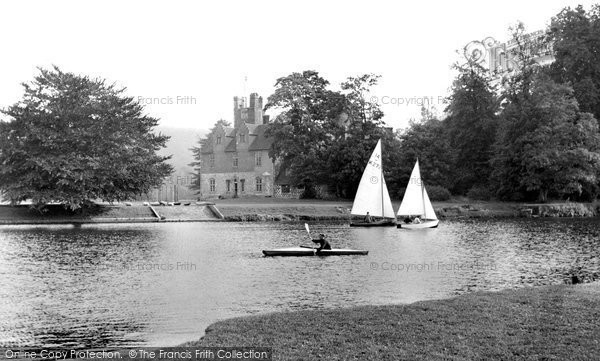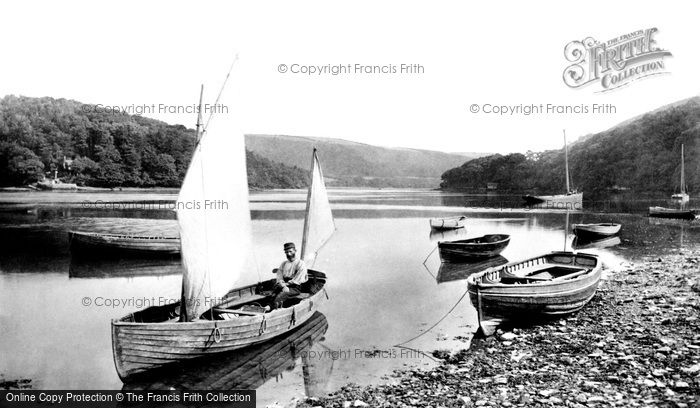Recreational boating and some rather more serious yachts feature in this special selection of nostalgic photographs of sailing on Britain's waterways and along our coastline. We hope you enjoy them!
It could be said that the life of Sir William Hillary (1771-1847) was the stuff of ripping yarns. A knight of St John of Jerusalem, soldier, author and philanthropist, he was also a suspected bigamist, who settled in the Isle of Man in order to put a few miles and a little water between himself and his creditors, and to bury quietly the murkier details surrounding his elopement and marriage to his wife. At this date there were few lifeboats in service around Britain's coast, and no umbrella organisation to oversee things. Sir William served as a crew member of the Douglas lifeboat, and in 1824 became the principal founder of what would become the RNLI. In 1832 he built the Tower of Refuge on Conister Rock as a shelter for mariners unfortunate enough to be shipwrecked there. During his service with the Douglas lifeboat, Sir William assisted in the rescue of over 500 people, and on one occasion continued to help with a rescue despite having sustained six fractured ribs. Sir William died in 1847 and was buried in St George's churchyard, Douglas. Even in death he was still pursued by his creditors. They dug up his body and sold it for dissection.
The Essex coast is a favourite place for sailors; of all the Essex estuaries, that of the Crouch is generally regarded the best for navigation.This view of the river, thronged with sailing craft, is little changed today.
The Dart was once a river busy with commercial traffic, including great steamships. Poor rail services saw these vessels diverted to Southampton so that the mails could be more speedily dealt with. Dittisham and Dartmouth now rely on the leisure industry, and are the haunt of weekend yachtsmen.



